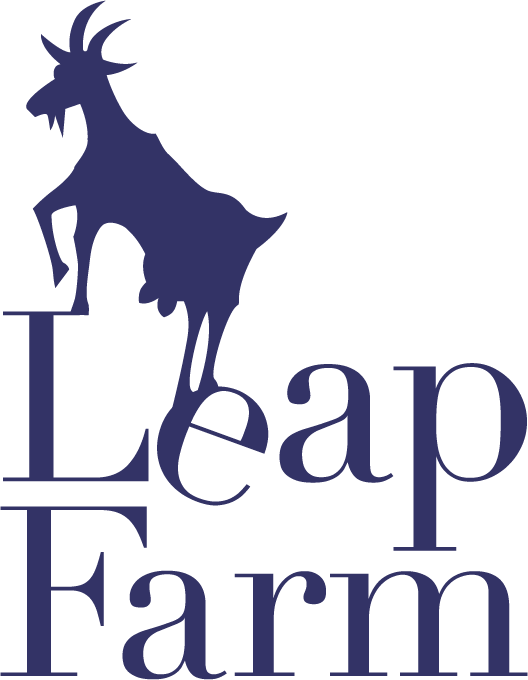Leap Farm is a Climate Positive farm.
What do we mean by Climate Positive?
It means that we sequester (store) more carbon in our soil than we emit. In other words, we are sucking more carbon out of the atmosphere than all the carbon equivalents that we produce through our agricultural activity.
Here’s how we worked it out.
In 2016 we performed our first soil tests on the property which were repeated in early 2021. We already had very high levels of organic carbon in our soils (8.5% in the top 100 mm of topsoil), however in the ensuing 5 years we had managed to increase this to 9.5%. Utilising the University of Melbourne GreenHouse Gas (GHG) Calculator for beef and sheep, developed by Professor Richard Ekhart and others, we were able to determine what our Carbon (equivalent) emissions were annually.
Determining our increase in Soil Organic Carbon (SOC) as carbon equivalents
The GHG Calculator is an excel spreadsheet where you simply plug in your farming enterprise’s numbers - for instance, the head of cattle/sheep, the tonnes of nitrogen you spread, the amount of fuel you use each year, electricity use, purchased grain for feed, etc. Once this has been completed, the spreadsheet informs you of your GHG emissions in the unit of “carbon equivalents”.
To determine our carbon sequestration rate, we had to develop an equation to determine the tonnes of carbon equivalents that were stored in the soil that led to the 1% increase in organic carbon. In order to do this, we utilised published data on soil type (we have feresols and podsols) and gravel load (because rocks don’t store carbon), as well as calculating the area of our land under trees (and their age <40 years vs >40 years), area of land under pasture and area of land under buildings.
We made a conscious decision to over-estimate our GHG emissions, and to under-estimate our sequestration rates. We determined that we emit 190 tonnes of carbon equivalents each year and we sequester 610 tonnes. After we’ve offset our own emissions, we essentially offset the carbon emissions from 60 average Australian Households each year.
Leap Farm GHG emissions as determined by the GHG calculator, where CH4 = methane
One of the benefits of working through the GHG calculator, is that we are able to see both numerically and pictorially where the bulk of our GHG emissions occur. For us it is enteric methane from our livestock. For your farm, it may be in energy utilisation, or in fertiliser application. What this enables us to do as farmers, however, is find out exactly where we can get the most leverage to reduce emissions. As we know our livestock are the greatest contributor, we can target reducing enteric methane as a priority action: the application of asparagopsis (red seaweed meal) and biochar in feed, methane “vaccines”, and turning stock off earlier through our breeding program are some examples that we are pursuing.
Using solar PV and panels means that we produce more energy than we require over a year. This is just one way farming operations can offset their emissions.
The University of Melbourne GHG Calculator is a scientific, peer-reviewed, validated tool that is used to assess carbon emissions; however, our assessment is not as robust as what is required through the audit requirements of the Australian Emissions Reduction Fund (ERF), and was further limited by measuring only the top 100 mm of topsoil. However, the benefit of this for us is that it is a cost-neutral process.
For a small farm with initial very high levels of organic carbon in soil, pursuing income (or bearing the cost of administration) through gaining Australian Carbon Credit Units (ACCUs) as part of the ERF is unlikely to be economically viable. However, we have found this to be an incredibly useful exercise. We have more data with which to make informed decisions about how we will farm, maintain or increase productivity and profitability, and continue to target reducing emissions and sequestering more carbon. And while we cannot generate income from this exercise at present, we can demonstrate to our customers that purchasing our products is benefiting the environment. But perhaps more importantly, we can look our children in the eye and tell them honestly that we are able to farm and make a living while looking after their future.
The peer-reviewed (scientific) formula we used to convert SOC to tonnes of carbon per hectare




